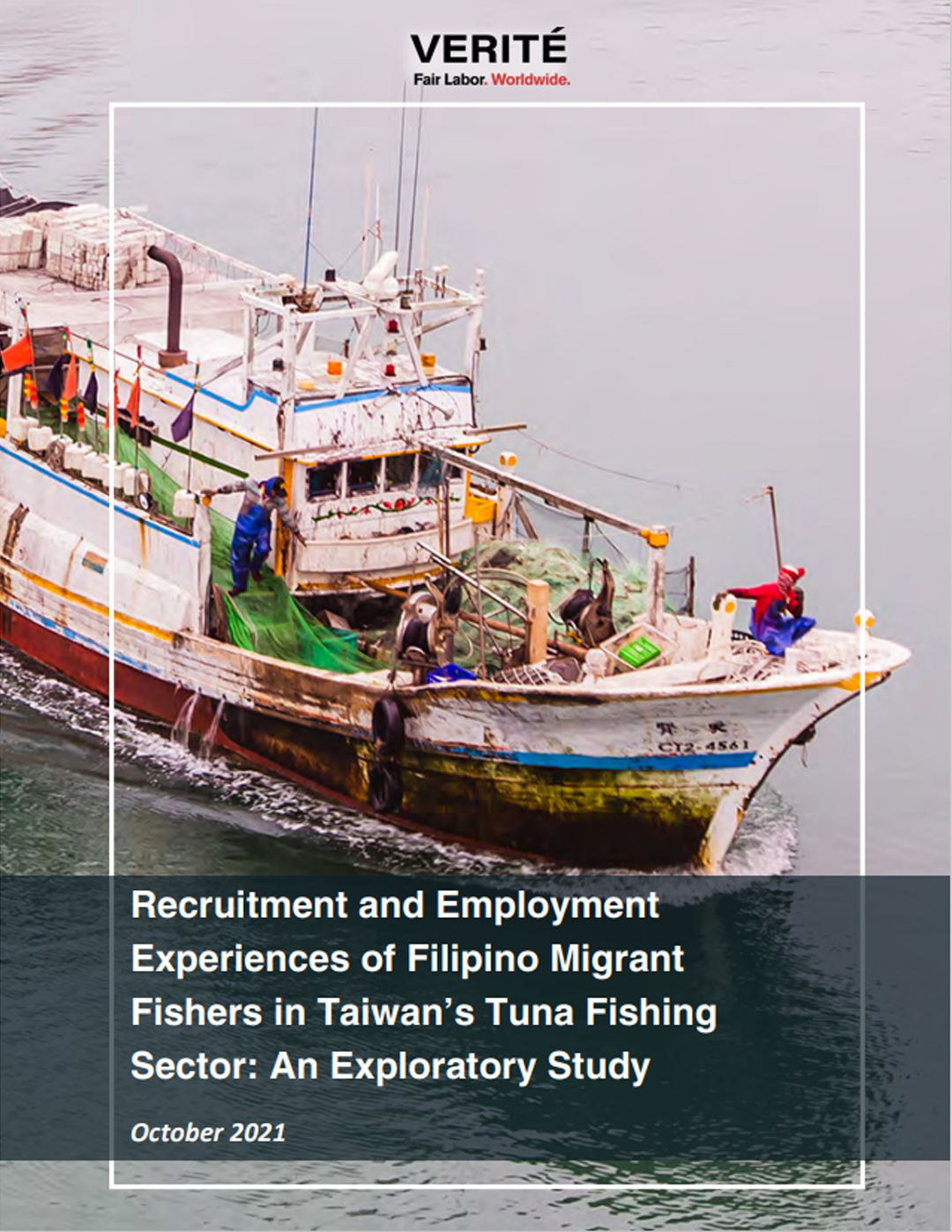Resources
Ethical Recruitment in the Tuna Sector
Tuna fishers are exposed to some of the most severe, dangerous working and living conditions ever documented, including high vulnerability to forced labor and human trafficking. With the generous support of the Walmart Foundation, Verité and Verité Southeast Asia (VSEA) have implemented an initiative to better protect tuna fishers and vessel workers from human trafficking and forced labor by promoting ethical recruitment and understanding the barriers that prevent ethical recruitment practices from being adopted.


